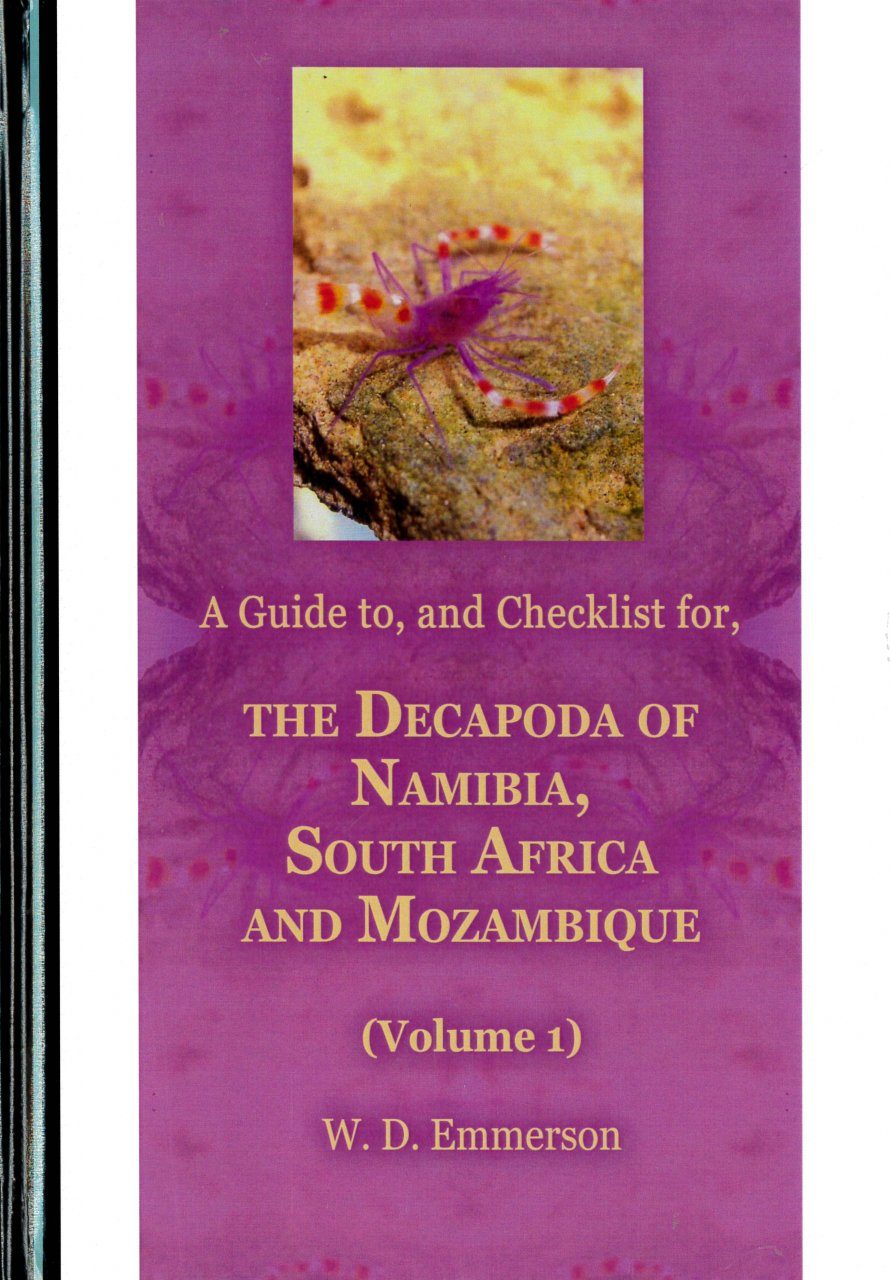

The book revolves around the life and journey of the central character, Rosa Burger, during 1974-1977 apartheid South Africa. It's an interrogation of white guilt from someone suffering from white guilt herself, tracing the "struggle" of the white protagonist's consciousness "trapped" in an unearned privilege.

Gordimer wrote the book at a time when Black Consciousness was beginning to rise in South Africa and the limits of white liberalism were becoming increasingly clear. "Burger's Daughter," the late Nobel Prize winner's seventh novel, delves deep into the author's political stance in the face of the apartheid regime. Nadine Gordimer is one of the most influential writers in South African literary history. "Burger's Daughter," Nadine Gordimer, 1979 It should be held to higher acclaim than it currently is. "And a Threefold Cord" is both a superior piece of complex storytelling and a scathing rebuke of injustice. With the exception of the 1969 Lotus Prize for Literature, there has been little to no mention of La Guma's works on the coloured community outside of the confines of marginal black political writings. La Guma's literary works have been all but forgotten over the years. It paints a stark picture of suffering and defiance in the face of misery, and it succeeded not only in giving the coloured community a much-needed voice, but also shining a light on the inhumanity of the apartheid regime. It's a heavy critique of the apartheid regime and has been praised for its accurate representation of economic conditions in the 1960s Western Cape, where housing shortages displaced many coloured residents at the time. The book tells the haunting tale of a coloured family living in the shanties of the Cape Flats and their daily struggle to survive. His second novel, "And a Threefold Cord" (1964), is set in the Cape Flats and explores contemporary themes of class conflict. The late Alex La Guma is one of the most important black literary figures of 20th century South Africa. "And a Threefold Cord," Alex La Guma, 1964

At its core, it's Paton foreshadowing the ramifications of apartheid and offering insight into the moral and social implications of legalised racism in South Africa. On the surface, Cry, the Beloved Country is the story of a family divided, of a kid who must face the consequences after making a terrible mistake, and the heartbreak of his concerned father.

His sister has become a prostitute, his brother a successful businessman and politician and his son, who has impregnated a young girl, is suspected of murdering a prominent white crusader for racial justice. Reverend Stephen Kumalo, whose brother and son are also in Johannesburg, finds that none of them are as he remembers. The book is set during the height of racism and racial injustice in the country, and told from the perspective of a reverend in the village of Ndotsheni who receives a letter from a fellow minister in Johannesburg summoning him to the City of Gold to help his sister who has fallen ill. In retrospect, it's a lesson, among other things, on the dangers of today's white liberalism written by a white liberal in the 1940s. “Cry, the Beloved Country," Alan Paton, 1948įirst published in 1948, the same year in which the National Party came to power and with them the official implementation of the apartheid system, author and anti-apartheid activist Alan Paton's seminal novel went on to become one of the most famous books ever published in South Africa.


 0 kommentar(er)
0 kommentar(er)
